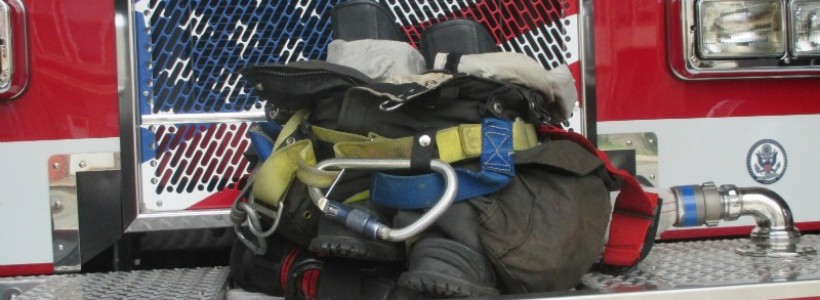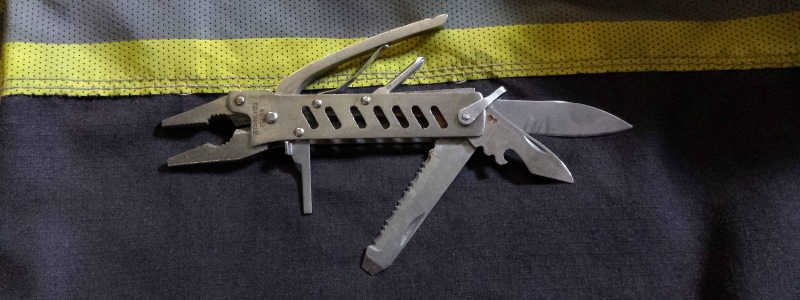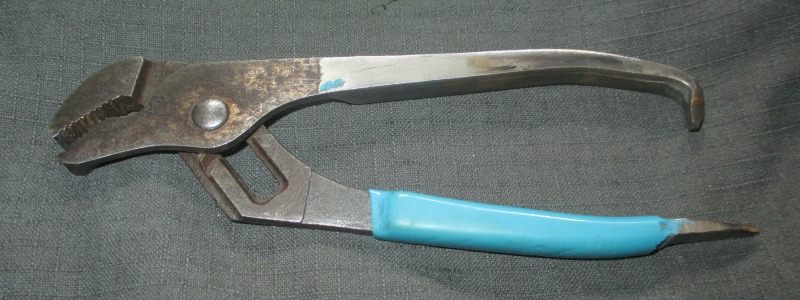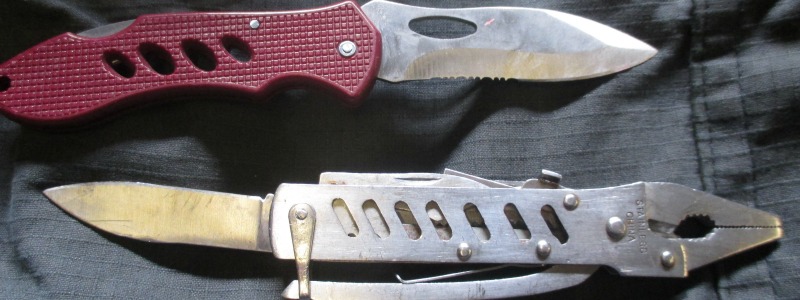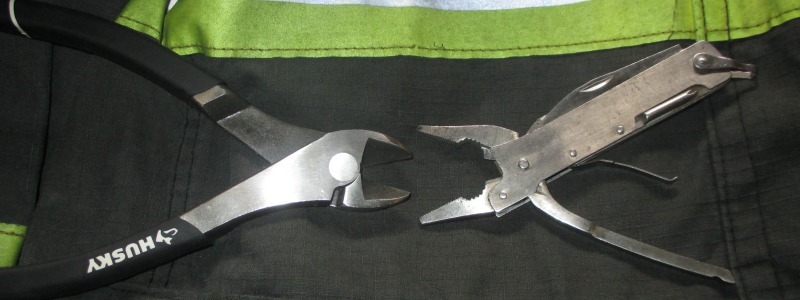What Tools I Carry In My Pocket & Why
Carrying tools in our pockets is commonplace and essential for every firefighter. But the problem is that we could essentially carry a whole toolbox in our pocket and this will cause problems for us.
One issue with having too many tools in our pockets is that it will cut down on the ability to find the right tool we are looking for quickly. Another issue is if the tools are heavy and bulky, the added weight causes the pocket material to become stressed and potentially rip.
Here Is the Tools I Carry In my Pocket As Essential & Why:
Tool #1 – The Multi-Purpose Tool
Consolidation of tools will cut down on the amount of tools we carry in our pockets.
Carrying a multi-purpose tool is a must for me. They have so many applications from being able to cut small wires to using the small screwdrivers to reset fire alarm pull stations. My advice when purchasing a multi-purpose tool is to get a reliable one, but not one that you will be mad about if you lose it while working at an incident.
Tool #2 – Multi-Sized Screwdriver
The multi-sized screwdriver is essentially 6 tools in 1. The flat head and the Phillips head bits both have large and small size screw heads. The shaft of the screwdriver is also a two-sized nut driver. The screwdriver is great for its intended purpose, but also can double as a thru-the-lock tool when you expose the latch mechanism after pulling off the door knob.
Tool #3 – Modified Pliers
Ordinary pliers are great but having a set of modified pliers in your pocket is even better. Pliers are useful for many tasks on the scene of an incident. Pliers are useful for turning off gas lines to appliances and meters as well as disconnecting battery cables at motor vehicle accidents.
The modified pliers will also assist with thru-the-lock forcible entry when pulling a lock cylinder.
Tool #4 – A Knife
Having a trusty pocket knife is important to have in your toolbox. I cannot count the number of times I have used my pocket knife. The pocket knife is a great tool, not only for cutting all sorts of materials, but also when using it to trigger a latch on a door to gain access to a locked-in or locked-out resident. I always have a back-up plan for what I do, so I count on a secondary knife that is located in the multi-purpose tool to fill that need.
Tool #5 – Wire Cutters
Wire cutters are a great addition to my pocket toolbox. One of the scariest moments to occur in a fire is to become entangled. HVAC duct work as well as wires or cables can wrap around our SCBAs or even around our bodies. Having a sharp pair of wire cutters will assist in the disentanglement.
Don’t forget to call the MAYDAY if you are not able to free yourself or your partner within seconds. Get help coming as soon as possible. You can always cancel the MAYDAY when you free yourself.
Again, I like to have a back up plan so I could use the wire cutter from the multi-purpose tool if needed.
By carrying these 5 tools we can perform multiple functions on an incident scene as well as limiting the weight and number of extra tools in our pockets.
What other tools do you carry and can they perform multiple tasks? Tell me in the comments section.
Stay safe!
Photos courtesy of John Hayowyk, Jr.

